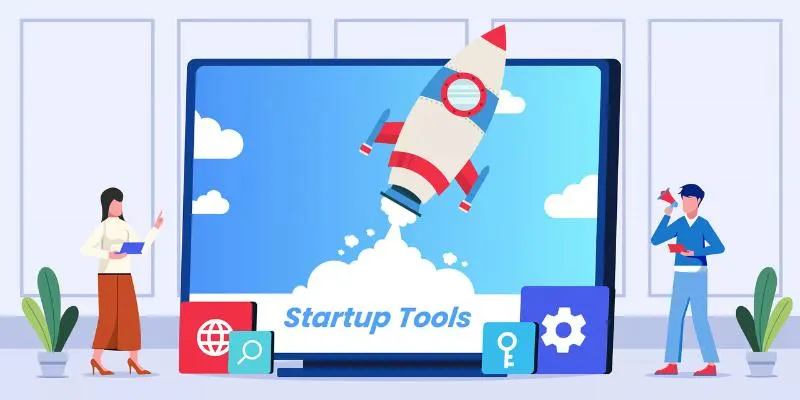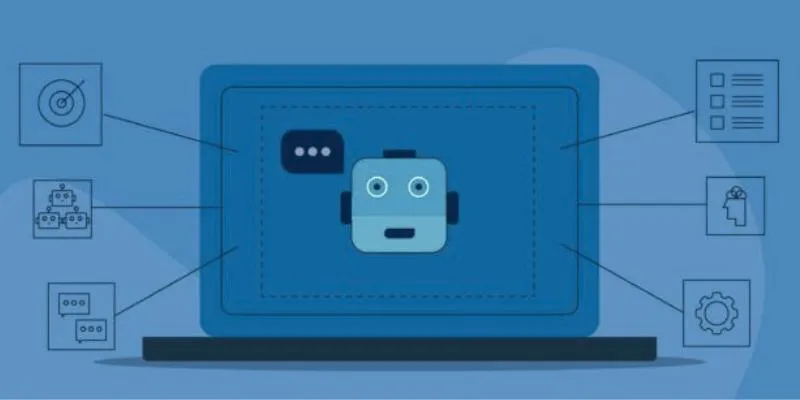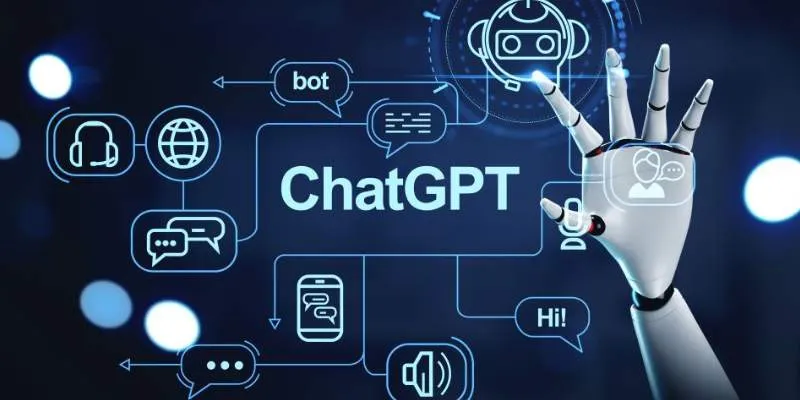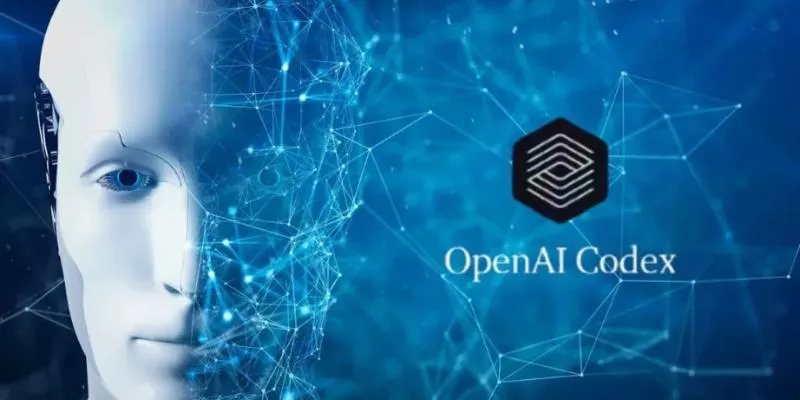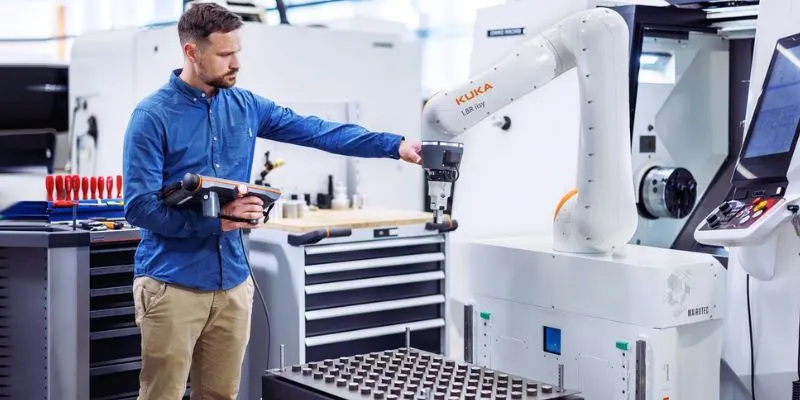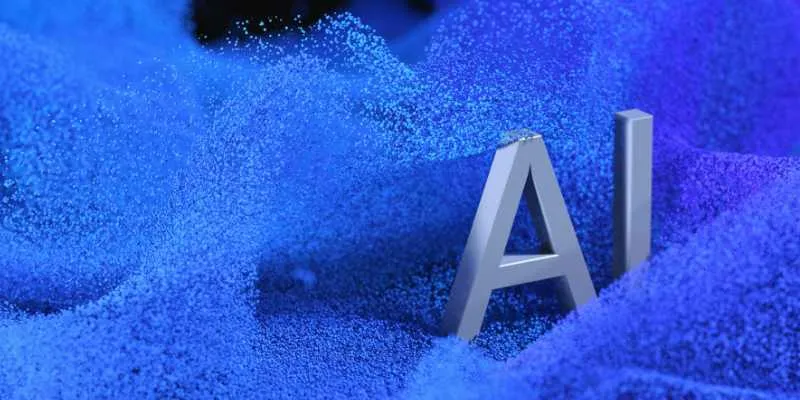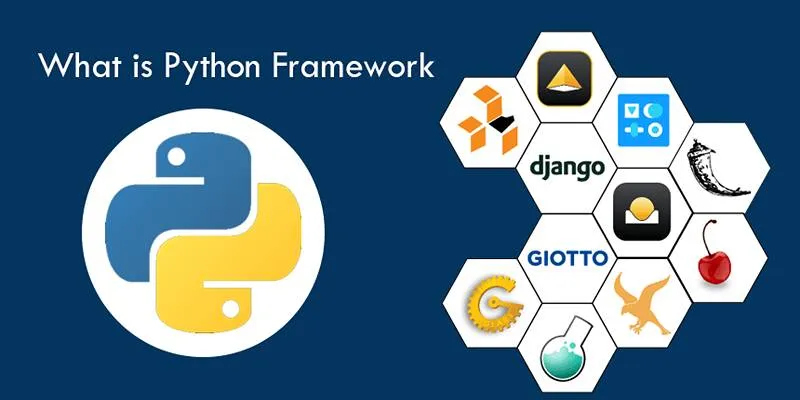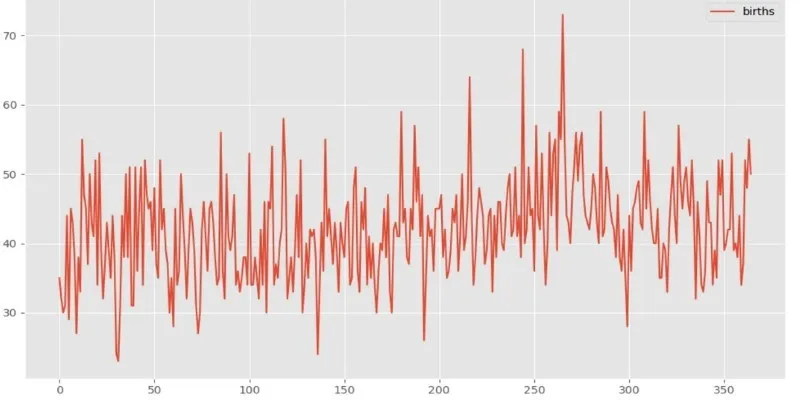In today’s fast-paced digital landscape, ensuring seamless IT operations is more critical than ever. Organizations are inundated with massive volumes of data from diverse sources—applications, servers, networks, and cloud services. Traditional monitoring methods are no longer sufficient for identifying root causes quickly or predicting potential failures. This is where Observability and AIOps (Artificial Intelligence for IT Operations) come into play, transforming how enterprises manage performance, availability, and incident response. Together, they offer intelligent, real-time insights that empower IT teams to act proactively rather than reactively.
In this article, we explore how Observability and AIOps, when combined, are revolutionizing IT operations, enhancing efficiency, and driving better outcomes.
What Is Observability in IT?
Observability refers to the ability to measure the internal state of a system based on the data it generates, such as logs, metrics, and traces. Unlike traditional monitoring, which often tells what is wrong, observability helps answer why it’s happening. The three core pillars of observability are:
- Logs: Detailed, timestamped records of events that help in forensic analysis.
- Metrics: Numerical data showing the performance and health of systems.
- Traces: Visual representations that map out the journey of requests through different services and systems.
Observability tools like Prometheus, Grafana, Datadog, and New Relic collect and correlate these data points to create a comprehensive, real-time understanding of system behavior.
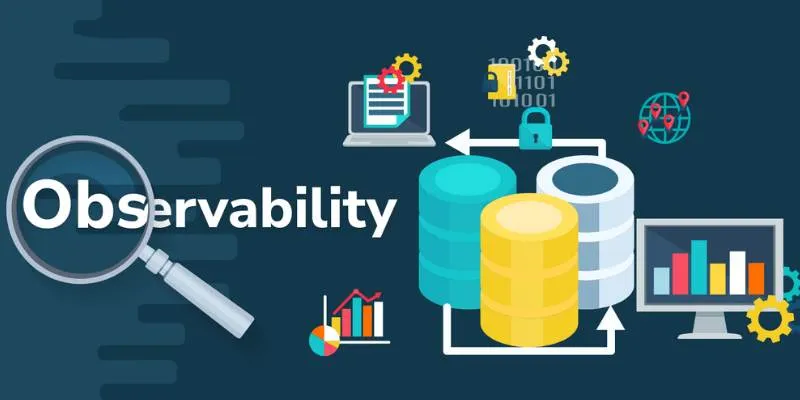
What Is AIOps?
AIOps (Artificial Intelligence for IT Operations) refers to the application of AI and machine learning to enhance and automate IT operations. AIOps platforms analyze huge amounts of data from multiple sources, identify patterns, predict incidents, and even resolve issues autonomously.
Key Capabilities of AIOps
- Anomaly Detection: Spotting unusual behavior before it impacts performance.
- Root Cause Analysis: Pinpointing problems faster using AI-driven insights.
- Automated Remediation: Triggering scripts or workflows to resolve known issues.
- Predictive Analytics: Forecasting future outages or degradations based on trends.
AIOps solutions, such as Moogsoft, Splunk, Dynatrace, and IBM Watson AIOps, are gaining traction in enterprise environments due to their ability to drastically reduce Mean Time to Resolution (MTTR) and improve service uptime.
How Observability Powers AIOps
Observability and AIOps are not standalone tools but are highly interdependent. Here’s how observability fuels the intelligence of AIOps platforms:
- Rich Data Feeds AI Models: Observability generates a high volume of granular data, including logs, metrics, and traces. This real-time data is the fuel that trains and refines AI models in AIOps platforms.
- Correlation Across Systems: Observability tools stitch together data from cloud environments, microservices, containers, and legacy systems. AIOps uses this correlated data to detect anomalies and identify root causes more effectively.
- Closed-loop Automation: Observability identifies issues, AIOps analyzes the impact, and then automatically initiates workflows—like restarting a failed process or reallocating resources—without human intervention.
- Continuous Improvement: As more data is fed into the system, AIOps algorithms improve over time, making smarter predictions and faster decisions.
Real-World Use Cases
Here are some powerful use cases that showcase the combined impact of observability and AIOps in IT operations:
- Proactive Incident Detection: A global bank uses observability tools to collect logs and metrics across distributed systems. AIOps analyzes data in real-time to detect anomalies and predict potential downtime before it affects users.
- Automated Alert Noise Reduction: A cloud services company experienced alert fatigue due to receiving thousands of daily alerts. By combining observability data with AIOps, they filtered out false positives and focused solely on critical issues, reducing the alert volume by 70%.
- Faster Root Cause Analysis: An e-commerce platform used observability to visualize end-to-end customer journeys. AIOps quickly identified latency issues traced to a specific microservice, reducing resolution time from 2 hours to under 10 minutes.
- Capacity Planning: Observability showed usage trends across computing resources. AIOps forecasted future demand spikes during holiday seasons, enabling teams to auto-scale cloud infrastructure ahead of time.
Benefits of Merging Observability and AIOps
Combining observability with AIOps doesn’t just modernize IT—it transforms business outcomes:
- Reduced Downtime: By identifying problems early, teams minimize disruption and maintain customer satisfaction.
- Increased Productivity: IT staff spend less time firefighting and more on innovation.
- Cost Efficiency: Automation and optimized resource usage lower operational costs.
- Agile Decision-Making: Real-time data enables faster, smarter decisions across departments.
- Enhanced Customer Experience: Better performance monitoring translates into more reliable services for end-users.
Challenges and Considerations
While the advantages are compelling, implementation isn’t without hurdles:
- Data Silos: Data must be unified from various tools and sources for observability to be effective.
- Tool Sprawl: Over-reliance on too many tools can cause confusion rather than clarity.
- Complex Integration: Integrating AIOps platforms with legacy systems requires thoughtful planning.
- Skill Gaps: IT teams require upskilling to fully leverage AI and observability dashboards.

Successful implementation requires a clear strategy, the right tool stack, and a shift in culture toward data-driven IT operations.
Laying the Groundwork for Smart and Scalable IT Operations
To successfully integrate observability and AIOps, organizations must take a strategic and phased approach. Here are essential steps to guide you:
- Evaluate Your Current IT Environment: Take inventory of your existing systems, monitoring tools, and data silos. Identify performance gaps and areas of inefficiency.
- Set Clear Objectives: Define what success looks like—whether it’s reducing downtime, improving user experience, cutting costs, or scaling operations more efficiently.
- Select Compatible Tools: Choose observability platforms and AIOps solutions that align with your infrastructure and offer robust integration capabilities.
- Consolidate Data Streams: Break down silos by unifying data from applications, cloud services, containers, and legacy systems into a centralized source of truth.
- Build Team Capabilities: Upskill your IT teams with knowledge in AI, machine learning, and observability principles to maximize tool adoption and value.
- Start with Key Use Cases: Focus on one or two high-impact scenarios, such as reducing automated alerts or detecting anomalies. Demonstrate quick wins, then expand further.
Conclusion
The convergence of observability and AIOps marks a defining shift in the evolution of IT operations. No longer are teams limited by reactive, manual processes. With real-time visibility and AI-driven automation, organizations can stay ahead of disruptions, ensure optimal performance, and deliver seamless user experiences. However, realizing these benefits requires more than just tools—it demands a strategic mindset, investment in training, and an openness to embrace data-driven change.
Ready to revolutionize your IT operations? Start your journey with observability and AIOps today—empower your systems to be smarter, faster, and future-ready.
 zfn9
zfn9
